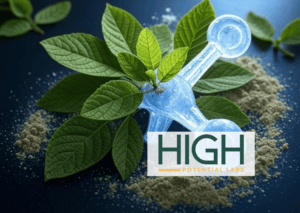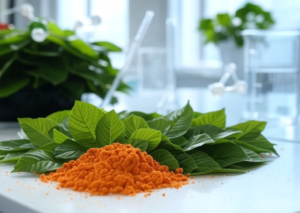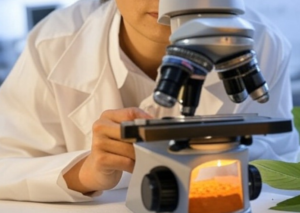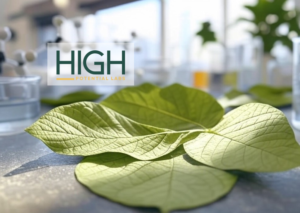


In the expanding world of natural supplements and alternative medicine, Kratom has garnered significant attention for its unique properties. Among the myriad of alkaloids found within this Southeast Asian plant, one stands out for its potency and effect—7-Hydroxymitragynine, often referred to as “Opia 7 Hydroxy.” This article delves deep into what Opia 7-Hydroxy is, its effects, uses, and the considerations one must keep in mind when dealing with this powerful compound.
Opia 7 Hydroxy, or 7-Hydroxymitragynine, is an alkaloid derived from the Kratom tree, Mitragyna speciosa. It’s not the most abundant alkaloid in Kratom leaves; that title belongs to mitragynine. However, 7-Hydroxymitragynine is incredibly potent, often considered the key player in Kratom’s strong pain-relieving effects. It’s formed as a metabolite of mitragynine through the body’s metabolic processes, specifically by the liver’s cytochrome P450 enzymes.
Pharmacological Effects:
Safety and Side Effects:
Scientific Research and Controversy:
While there’s considerable anecdotal evidence supporting the use of Opia 7-Hydroxy, scientific research lags behind. Most studies are animal-based, and human clinical trials are scarce due to Kratom’s legal status in many countries. This lack of research contributes to the controversy surrounding its use:
Conclusion:
Opia 7-Hydroxy represents a fascinating aspect of Kratom’s complex alkaloid profile, providing users with potent effects that can significantly impact their quality of life. However, its power comes with responsibilities—understanding its effects, respecting its potential for dependency, and navigating the legal landscape are crucial. As the conversation around Kratom and its derivatives like Opia 7-Hydroxy continues, we hope for more research that can guide safe and beneficial use. Whether you’re a curious reader, a user, or someone considering Kratom for therapeutic purposes, staying informed and cautious will serve you best in exploring the potential of this unique compound.
CLICK HERE TO PURCHASE 7-HYDROXY TABLETS





Our facilities are located in Illinois, Colorado and Florida.
© 2025 High Potential Labs. All Rights Reserved.